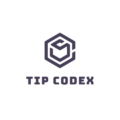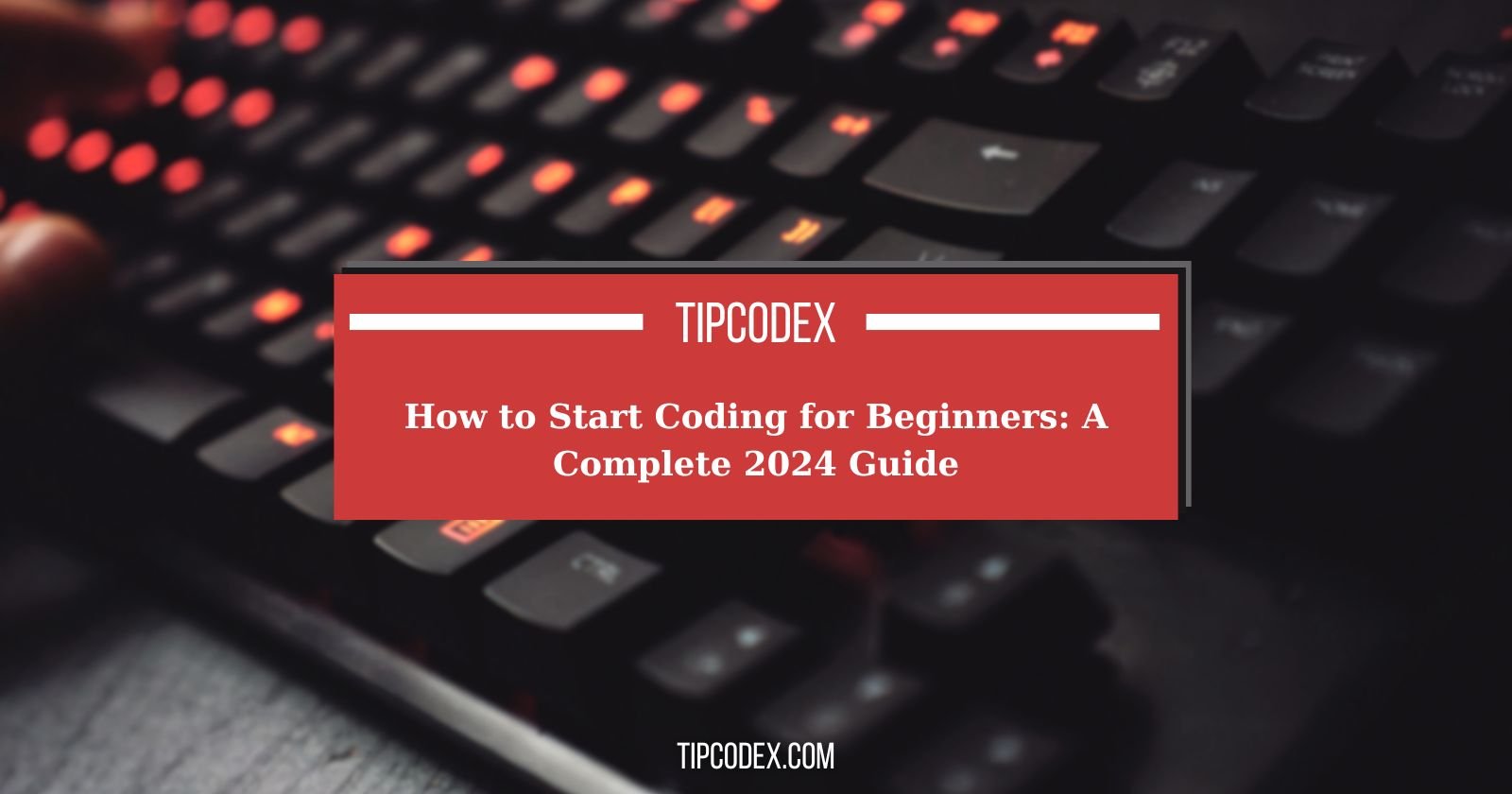Starting to learn coding can feel overwhelming, but you’re not alone! Did you know that coding is becoming one of the most essential skills in the modern job market? Whether you want to build websites, create apps, or just understand the language behind technology, learning to code can open countless doors. In this guide, I’ll walk you through everything you need to know to start your coding journey, from picking the right programming language to setting up your environment and resources. Let’s dive in!
Why Learn Coding?
In today’s digital world, coding is everywhere. From the apps we use on our phones to the websites we browse, coding powers it all. But beyond that, coding teaches you a lot about how to think and solve problems. It sharpens your logical thinking and gives you the power to bring your ideas to life in a tangible way.
Coding also opens up a world of career opportunities. Whether you want to work in tech, build your own startup, or even freelance on the side, knowing how to code is a valuable skill. In fact, many industries—like healthcare, finance, and education—are in need of coders to build and maintain their systems.
And here’s a personal tip: learning to code gives you confidence in your abilities to tackle any technical problem. It’s kind of like solving a puzzle—you start small, learn how the pieces fit together, and before you know it, you’re solving complex problems with ease. The satisfaction of making something work after debugging? It’s unmatched!
Choosing Your First Programming Language
If you’re a complete beginner, you’re probably wondering: “Which programming language should I start with?” Great question! Choosing your first language can shape your coding journey, but don’t worry—there’s no wrong answer. Each language has its strengths, and what’s important is finding one that fits your goals.
For most beginners, I recommend starting with Python. Why? Because it has a simple, readable syntax that makes it easy to understand. Plus, Python is incredibly versatile—it’s used in everything from web development to data science and machine learning. If you’re looking for a language that’s beginner-friendly and useful across many industries, Python is a solid choice.
If you’re more interested in building websites, then JavaScript might be the better fit for you. JavaScript is the language of the web. Everything from interactive elements on websites to mobile apps can be created with JavaScript.
Ruby is another great choice for beginners due to its easy syntax and strong community. It’s especially great if you’re thinking about building web apps or diving into the startup world (think about Ruby on Rails).
Take some time to research what excites you the most. Once you’ve chosen your language, you can start diving into tutorials, exercises, and, most importantly, building things!
Setting Up Your Coding Environment
Before you can start coding, you’ll need to set up your environment. Don’t worry—it’s simpler than it sounds. Here’s a quick guide:
- Choose a Code Editor: A code editor is where you’ll write your code. Popular options for beginners include VS Code (free and feature-rich) and Sublime Text (lightweight and beginner-friendly).
- Install Your Programming Language: If you choose Python, you’ll need to install it on your machine. Just head to Python’s official site and download the installer for your system. For JavaScript, you can work directly in your browser using the console (F12 on most browsers).
- Version Control: Once you start building projects, it’s important to keep track of changes. I recommend setting up Git and using GitHub to store your code. This also helps when you want to show off your work later.
After your environment is set up, test it out by writing your first line of code—something simple like printing “Hello, World!” to the screen. Trust me, it’ll be a small but exciting victory!
Understanding Basic Coding Concepts
When you start coding, the most important thing is to get comfortable with the basics. Every programming language has its own syntax, but certain concepts apply across the board. Here are some key ones you’ll need to grasp early on:
- Variables: These are like containers for storing data. In Python, for example, you can store a number like this:
age = 30. - Data Types: Common types include strings (text), integers (whole numbers), and booleans (true/false values). It’s important to understand how different types of data interact.
- Functions: These are blocks of code that perform a task. For instance, a function can take input, do something with it, and then return a result.
- Loops: Loops help you run the same block of code multiple times. They’re essential when you need to automate repetitive tasks.
- Conditionals: This is where logic comes into play. Using
ifandelsestatements, you can control how your program behaves based on different conditions.
The best way to learn these concepts is through hands-on practice. Don’t just read about them—use them in small coding exercises to reinforce your understanding.
Best Resources for Learning to Code
The internet is full of resources to help you get started with coding. Some are free, while others are paid, but here are a few top picks:
- Codecademy: Great for interactive lessons, especially for beginners.
- freeCodeCamp: A comprehensive free resource with hands-on projects.
- Khan Academy: Good for kids and absolute beginners who prefer video lessons.
- Udemy: Affordable, in-depth courses, often on sale.
- LeetCode and HackerRank: Once you’re comfortable, these sites offer coding challenges that are great for building problem-solving skills.
No matter which resource you choose, stick with it and build something with your new skills. Practice really is key!
Building Your First Coding Project
One of the best ways to solidify your coding knowledge is by building a small project. It could be as simple as a calculator app, a to-do list, or a personal website. The goal is to apply everything you’ve learned in a real-world context.
Start small—break your project down into manageable steps. For example, if you’re building a to-do list app, start by creating the ability to add a task. Then, move on to marking tasks as completed and deleting tasks.
Don’t worry if you get stuck. Errors are part of the process, and debugging is a valuable skill you’ll develop over time. Pro tip: Stack Overflow is a coder’s best friend when you hit roadblocks!
Overcoming Common Challenges in Coding
Learning to code isn’t always a smooth ride. Many beginners get stuck on things like syntax errors, confusing error messages, or just not knowing where to start. Don’t let frustration get the best of you!
When I first started coding, I spent hours tracking down tiny mistakes—like forgetting a semicolon or using the wrong type of quotation mark. It can feel frustrating, but over time, you’ll develop the patience and problem-solving skills to fix these issues faster.
Here’s my advice: take breaks when you’re stuck, reach out to coding communities for help, and most importantly—keep practicing. Coding is a journey, and every mistake teaches you something new.
Next Steps After Learning the Basics
Once you’ve grasped the basics, the real fun begins! Start exploring more advanced topics like object-oriented programming, working with databases, or learning how to use APIs to fetch data. You might also want to look into contributing to open-source projects—it’s a great way to gain real-world experience.
As you continue to learn, build up your portfolio with small projects that showcase your skills. This will come in handy if you’re looking for internships, jobs, or freelance opportunities.
Conclusion
Learning how to code might seem like a huge leap, but with the right mindset and resources, anyone can do it! Coding is all about problem-solving, creativity, and patience. As you dive into your coding journey, remember that it’s okay to make mistakes. They are part of the process! Now, it’s time to take the first step—whether it’s choosing your first programming language or setting up your coding environment, each small effort brings you closer to becoming a confident programmer. So, go on, start coding, and have fun with it!

